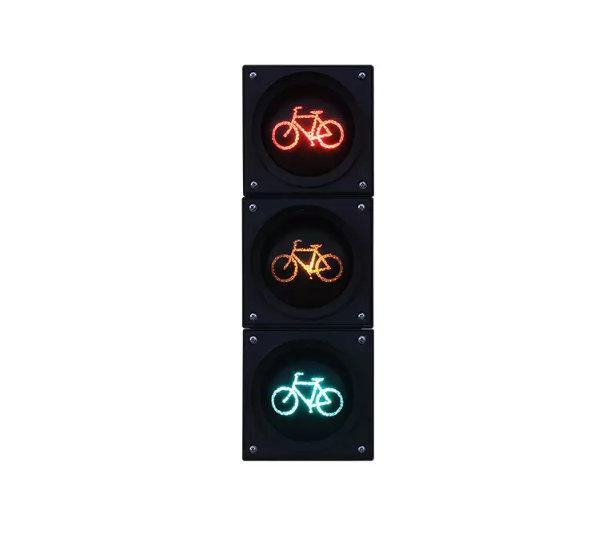When purchasing a new vehicle, one of the most pressing questions for buyers is, “How long does it take for a car to get delivered?” The answer is not as straightforward as one might hope, as various factors influence the delivery timeline. In this article, we will explore the intricacies of car delivery times, including the impact of supply chain dynamics, dealership practices, and consumer preferences, providing you with a comprehensive understanding of what to expect when awaiting your new vehicle.
The Standard Delivery Timeline
Typically, the delivery time for a new car can range from a few days to several months. On average, most dealerships aim to deliver vehicles within 4 to 8 weeks after the purchase is finalized. However, this timeline can vary significantly based on several factors:
- Vehicle Availability: The most significant factor affecting delivery time is the availability of the specific model you wish to purchase. If the car is in stock at the dealership, you may be able to drive it home the same day. Conversely, if the vehicle needs to be ordered from the manufacturer, the wait can extend to several months, especially for popular models or those with custom specifications.
- Manufacturing and Supply Chain Issues: The automotive industry has faced numerous challenges in recent years, particularly due to global supply chain disruptions. Factors such as semiconductor shortages, shipping delays, and raw material shortages can significantly impact production timelines. As a result, even if a vehicle is ordered, the manufacturing process may be delayed, pushing back the delivery date.
- Dealership Practices: Different dealerships have varying processes for handling orders and deliveries. Some may have established relationships with manufacturers that allow for quicker turnaround times, while others may not have the same level of access. Additionally, the efficiency of the dealership’s internal processes, such as paperwork and vehicle preparation, can also affect how quickly a car can be delivered to the buyer.
Custom Orders vs. In-Stock Vehicles
When considering how long it takes for a car to get delivered, it’s essential to differentiate between custom orders and in-stock vehicles.
- In-Stock Vehicles: If you choose a car that is already on the lot, the delivery process can be expedited. After finalizing the purchase, the dealership typically prepares the vehicle for delivery, which may take a few days to a week, depending on the dealership's workload and the vehicle's condition.
- Custom Orders: If you decide to customize your vehicle—selecting specific colors, features, or packages—the delivery time can increase significantly. Custom orders often require additional time for manufacturing and shipping, and buyers should be prepared for a wait that can range from several weeks to several months.
Factors Influencing Delivery Times
Several additional factors can influence how long it takes for a car to get delivered:
- Seasonal Demand: The time of year can play a crucial role in delivery times. For instance, during peak buying seasons, such as the end of the year or during promotional events, demand for certain models may surge, leading to longer wait times.
- Geographic Location: The location of the dealership can also impact delivery times. Dealerships in urban areas may have quicker access to inventory compared to those in rural regions. Additionally, regional preferences for certain vehicle types can affect availability.
- Financing and Paperwork: The time it takes to finalize financing and complete necessary paperwork can also delay delivery. Buyers should ensure they have all required documentation ready to expedite this process.
Tips for Buyers
To minimize the wait time for your new vehicle, consider the following tips:
- Research Availability: Before visiting a dealership, research the availability of the model you want. Websites and online inventories can provide insights into which vehicles are in stock.
- Communicate with the Dealership: Maintain open communication with your dealership throughout the purchasing process. They can provide updates on the status of your order and any potential delays.
- Be Flexible: If you have specific preferences, consider being flexible with your choices. Opting for a different color or trim level that is more readily available can significantly reduce your wait time.
Conclusion
Understanding the factors that influence car delivery times can help set realistic expectations for buyers. While the average delivery time may range from a few days to several months, various elements such as vehicle availability, supply chain dynamics, and dealership practices play a crucial role in determining the actual timeline. By being informed and proactive, buyers can navigate the complexities of the car purchasing process with greater ease, ensuring a smoother transition from order to delivery.


